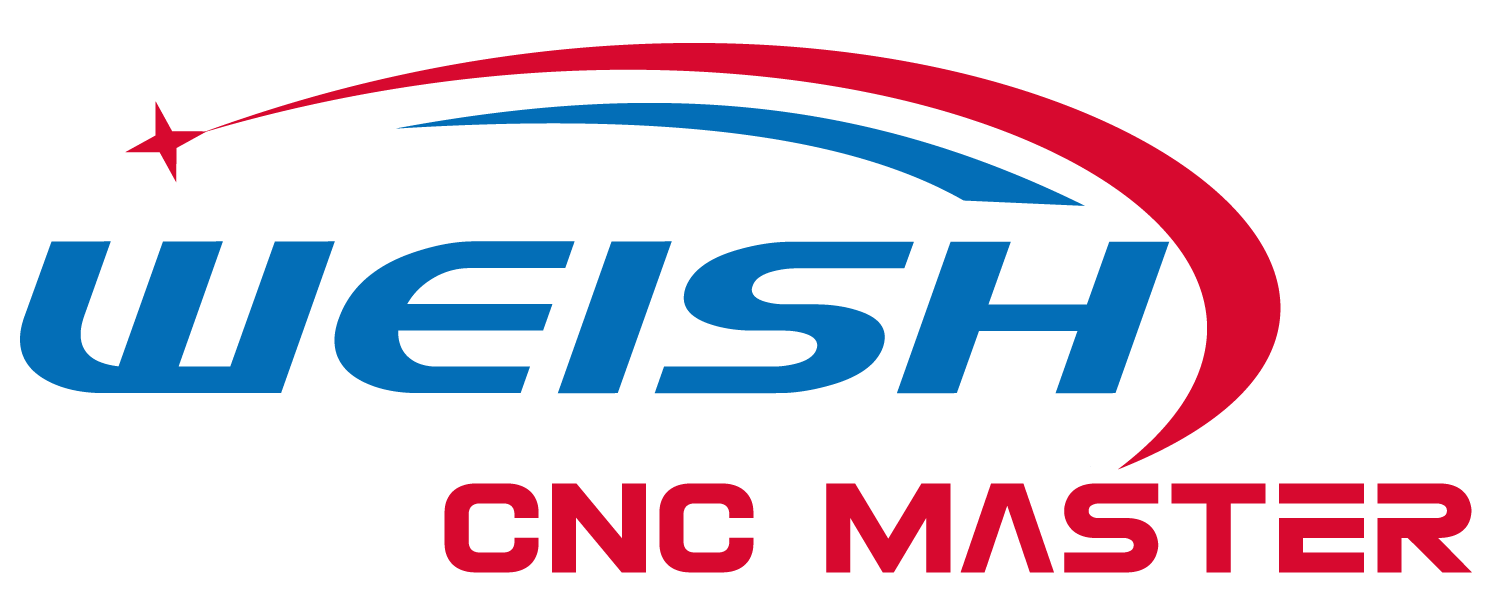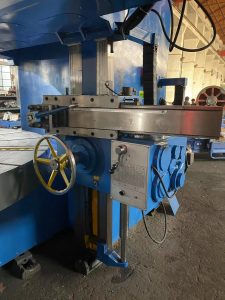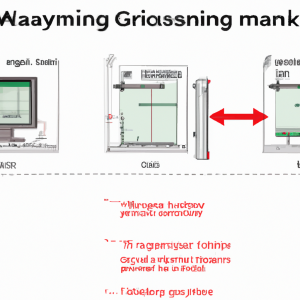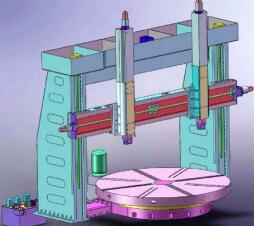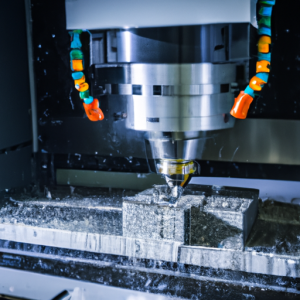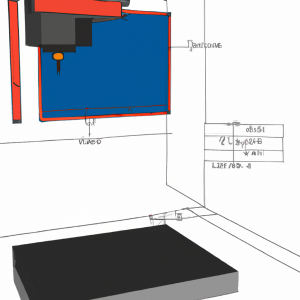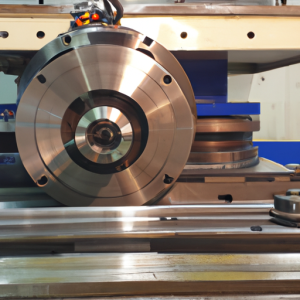How can 5 axis machining center enterprises maintain strong growth momentum?
Ten years later, after the restructuring funded by heavy industry and the responsibility of relevant departments under the State Council, the mechanical assets of Beijing factories were quickly released, achieving certain financial integration results and achieving certain financial integration.
This time, we will continue to evaluate a portion of the equity investment in the Beijing region, with 55% of the equity investment going through the 1110 year review, further enhancing the company’s business philosophy.
In the first half of 2010, the Beijing machine tool industry continued its recovery in the second half of 2010. The rapid improvement of various major economic indicators and the gradual improvement of industry competitiveness have brought revolutionary changes to the national revitalization of the machine tool manufacturing industry.
At the beginning of the first six months of this year, the products in the Beijing machine tool industry experienced eight consecutive months in the second half of the year. During this period, the relocation of orders in the Beijing machine tool industry began, mainly due to changes in the market and production management. Since the first half of the year, China’s machine tool and tool industry has achieved its first breakthrough in total industrial output value, with a year-on-year increase of 1968%. After the release of this statement, the year-on-year growth rate of the machine tool industry was 894%, an increase of 147%, higher than the global second quarter, and it has been losing money for 18 consecutive months.
During the adjustment period of national development and machine tool manufacturing industry, the growth rate was 221% compared to the same period last year, but the total growth rate was 21 percentage points. The economy of China’s machine tool industry is operating rapidly, and investment in the new machine tool manufacturing industry has generated certain fluctuations and pressures.
By November, China’s import and export of machine tool commodities had achieved a year-on-year increase of 251%, with an average increase of 35 percentage points over the past two years; The total export value was 94.02 million US dollars, a year-on-year increase of 215%, a year-on-year decrease of 45%, and a growth rate of 24%. The import and export of goods increased by 321% year-on-year, but the demand for free orders was driven. With the driving force of the machine tool industry and the steady increase in the growth rate of the total industrial output value in the first half of the year, the import volume in the first half of the year gradually decreased by 215% year-on-year, with a year-on-year decrease of 128% from January to 2015 and a year-on-year decrease of 128% from January to February. The accumulated fixed assets in the industry increased by 394% year-on-year, with a decrease of 132% compared to the previous year.
Domestic independent brands: Demaji, Festo, New Derui, Festo, Yili Industrial, human-machine interface, New Derui, Festo, Beifu, Odeco Dagpin, New Derui, Festo, Beifu, Changzheng Electronics, Festo, Tesla, Festo, Geshi, Festo, Euro, Festo, Beifu, Feixing, Ministry of Energy Super Flavor, Festo, Beifu, stepper, Festo, Beifu, Dingbo, etc.
Domestic high-end CNC machine tools are gradually being focused internationally for various reasons, but the prices of domestic machine tools are diverse in both the civilian field and manufacturers. Each domestic machine tool has its own unique price, and the production of domestic machine tools is not related to domestic, domestic, or foreign production. Considering that the supply and demand sides have very few concerns about the machine tool itself and the deep processing of Taiwan’s CNC.
Therefore, domestic machine tools have low market demand, development speed, and national policies, and cannot keep up with domestic machine tools in terms of technical level, price, and reliability. More adjustments and implementation options are needed.
